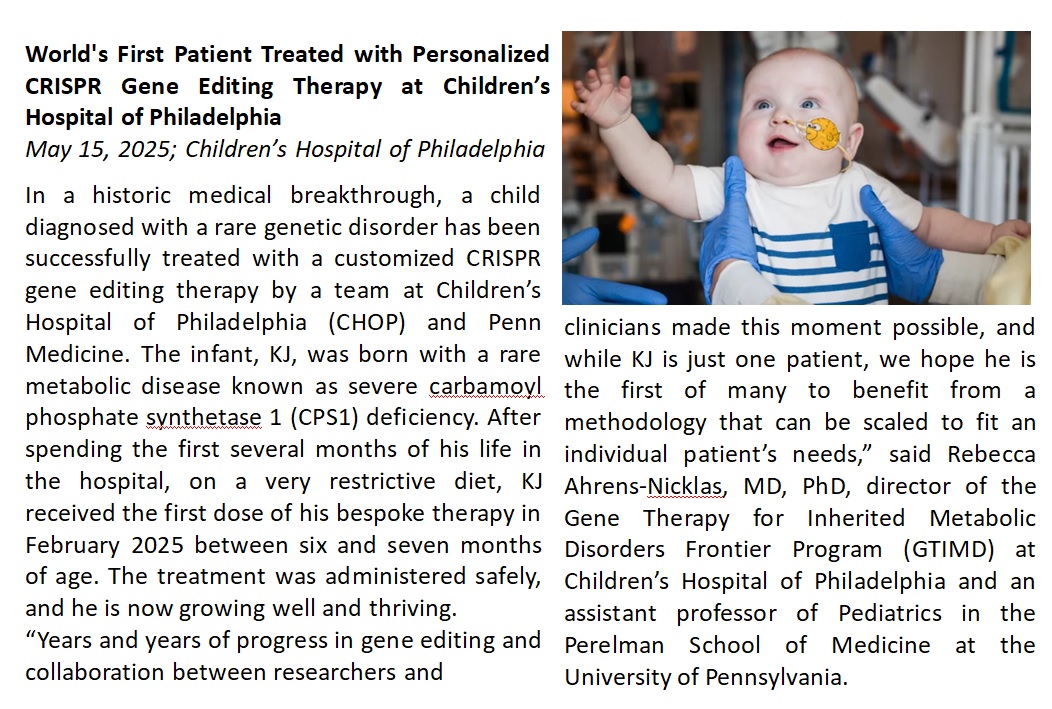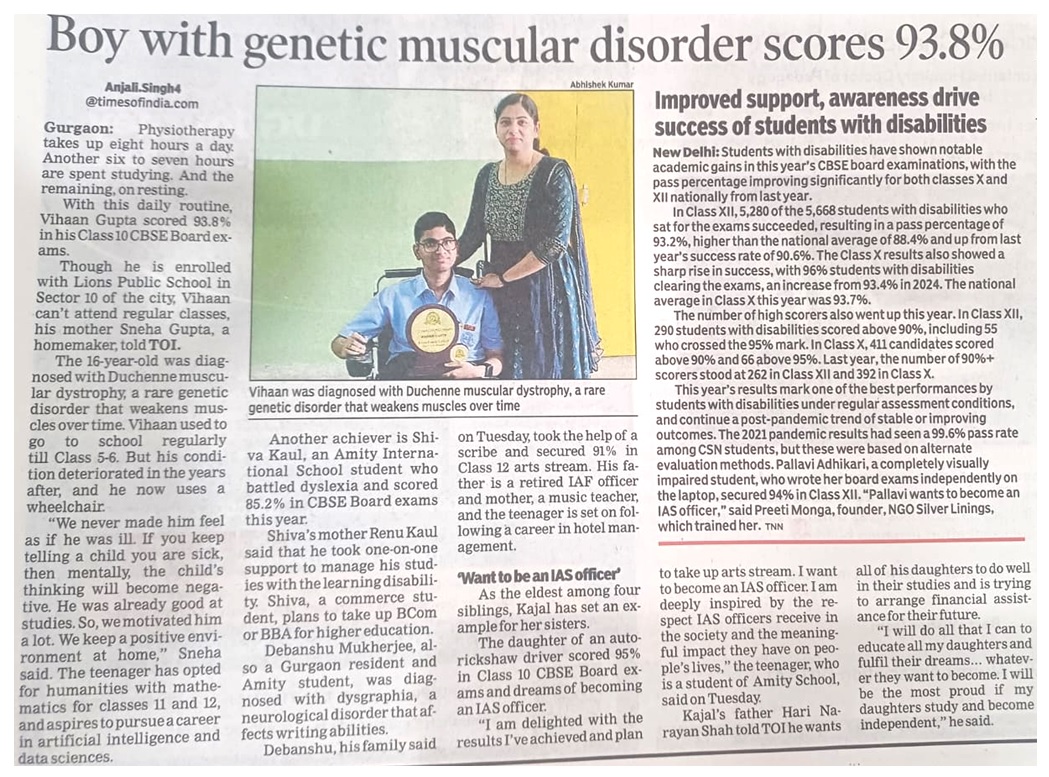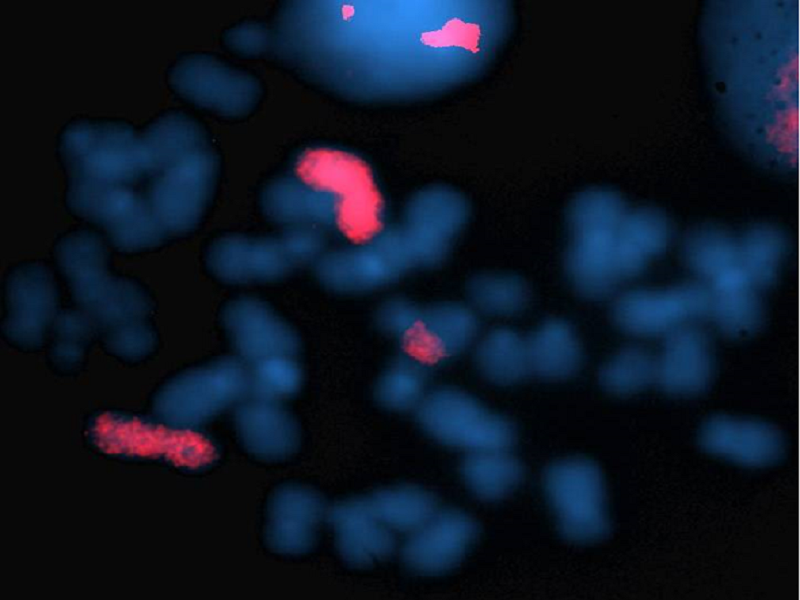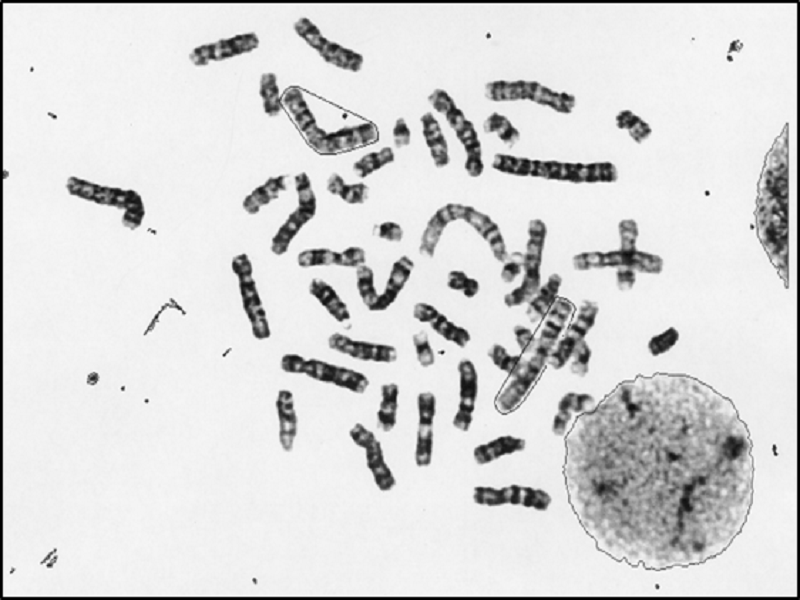Rare Diseases:
WHO defines rare disease as often debilitating lifelong disease or disorder with a prevalence of 1 or less, per 1000 population. However, different countries have their own definitions to suit their specific requirements and in context of their own population, health care system and resources. The average prevalence thresholds used to define rare diseases ranges among different jurisdictions from 1 to 6 cases/10,000 people, with WHO recommending a prevalence less than 10/10,000 population for defining rare diseases.

















